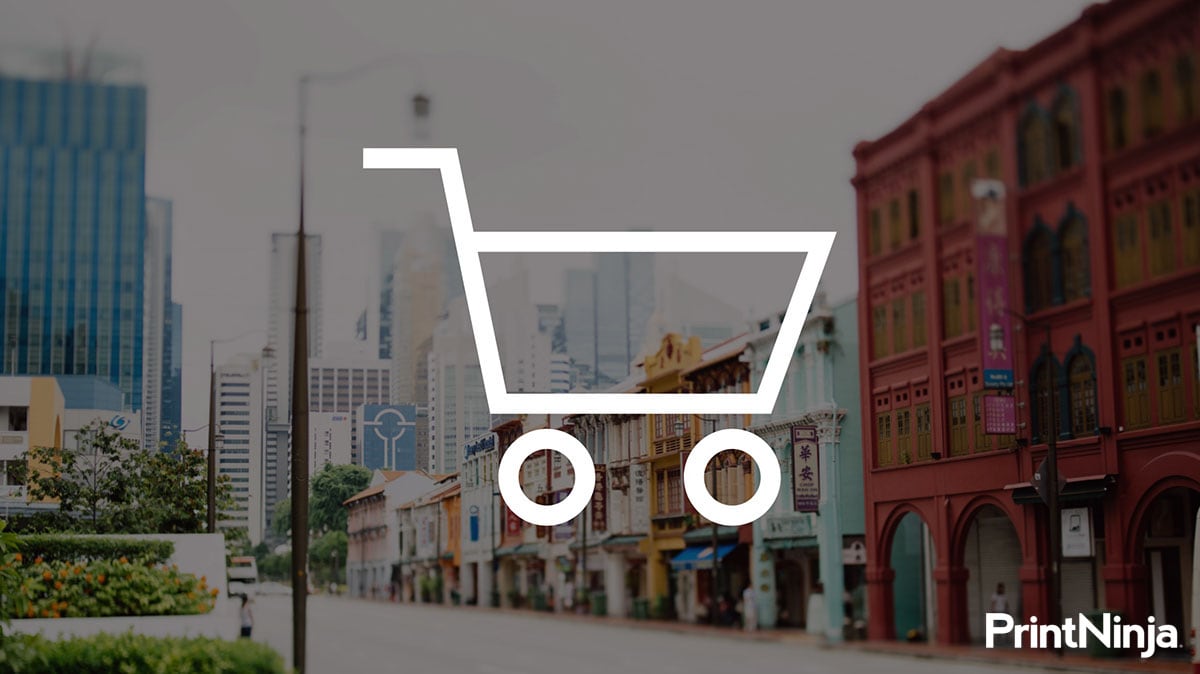
How to Sell a Game: 5 Steps for Selling Your Game to Local Game Stores
How to Sell a Game
Selling Your Self-Published Game to Local Game Stores
Read this quick article to learn the steps for selling your game to a local game store.
Attracting the attention of a big deal game distributor is a long shot for an independent self-publisher and costly conferences are often out of the question.
Friendly local game stores (FLGS) are a better first step for selling your self-published game. We’ll walk you through how to get your game in stores with strategies you can implement before and after you print your game.
1. Identify Stores That Sell a Similar Board Game or Card Game
Your first step is to figure out what game stores you want to reach out to. It’s important to choose stores that carry the kind of game you’re making. Bear in mind that a store frequented by Warhammer enthusiasts is not as likely to carry a party game simply because their customers won’t buy it.
Don’t forget to think outside the box! Local bookstores, hobby and toy shops and comic shops may also carry games. If you’re not sure which game stores are in your network, Board Game Geek maintains threads for domestic and global FLGS.
2. Get Your Foot in the Door
Local game stores are small. If they put your game on their shelf, they’re saying no to hundreds of other products that may be more lucrative for their customer base.
To convince a store to carry your game, you’ll need to demonstrate that customers will buy it. Provide social proof from reviews you’ve collected of people who have played your game or mention your successful Kickstarter campaign.
Whatever your pitch, it needs to be persuasive and professional. Even if they say no, thank them for their time and schedule a reminder to follow up at a later date.
3. Host an Event
If you’re having a tough time convincing retailers to buy your game, your next step is to organize a demo game event. Stores are looking for new ways to get people in their shop and have nothing to lose by hosting you. Likewise, there’s no better way to get people interested in your game than by sharing your passion with them.
We’ve linked a bunch of [game cafes] around the country, which are great places to begin reaching out to. If there is a good response from the event, it’s surefire proof to buyers that your game will sell before they commit to carrying your game.
4. Incentivize Sales During Your Kickstarter Campaign
Creating reward tiers for retailers is a way to prime sales before printing.
Gaining the support of game stores can help you reach your funding goal and grow your audience. Retailers will promote your campaign to their customers, who may also donate to your campaign or buy your game at their store. After a successful campaign, you’ll already have secured brick and mortar locations who want to restock your game.
Jay from Black Knight Games in Ontario told us that “as a retailer it is crucial for [campaigns] to have a well-designed retail tier. This lets the store participate by attracting customers since they can effectively pledge through us. They support us and save on shipping costs, and the store makes a margin. In exchange my store becomes invested in telling people about the game and collecting pledges, and is far more likely to stock it properly once it’s released.”
5. Structure Dealer Pricing
Retailers need to make money off your game, so it’s crucial to price it with 30%-50% margins. [click to tweet] To calculate your margin, use the following formula:
Retail Price (x) (1-margin) = Dealer Price
Include margins when creating a retail level for your Kickstarter campaign. Without a margin, it will be difficult to convince retailers to pay upfront for a game they will not make money on. You don’t want to put this price on your campaign page–retailers don’t appreciate you letting their customers know how much they’re marking up a product–instead, just encourage retailers to reach out to you for wholesale pricing.
Working with local game stores can help you build your network, grow your audience, and most importantly, sell games. Though it may take time to build momentum, building partnerships will pay dividends when you work towards printing your third, fourth or fifth game.
If you need more help with your Kickstarter, we’re here for you. Learn more about our Kickstarter promotion.